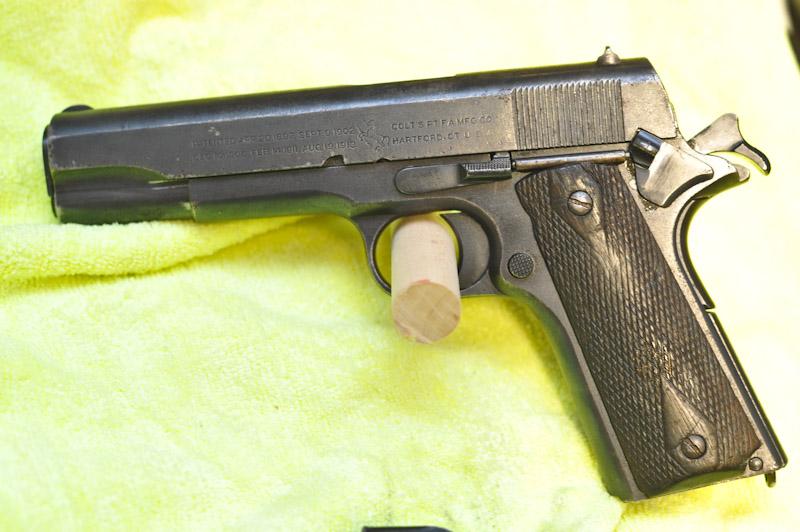


At its introduction in the eponymous year, the original 1911 had a flat mainspring housing on the lower rear of the frame, a long trigger, a short-tang grip safety, and a tiny blade of a front sight with an equally minuscule notch in the rear sight. John Moses Browning designed the gun that would eventually be adopted by the U.S. Original Mil-Specįor the youngish among us who only see these pistols in history books and museums, a brief history of the 1911 is in order. Let’s review the Springfield 1911 Mil-Spec in further detail – describing what it is and how it performs as a. The lines are sorta blurred… The Mil-Spec is instantly recognizable to any veteran of WWII, Korea or Vietnam. So, exactly, what does “Mil-Spec” mean? In the case of this pistol, it can mean different things from different eras.
#SPRINGFIELD ARMORY 1911A1 SERIAL NUMBERS SERIES#
While it’s part of the 1911-A1 series from Springfield Armory, curiously it is not so marked: the left side of the slide says simply MIL-SPEC, while the right side bears the Springfield Armory logo. Except for its taller sights, it shares the silhouette of a World War II era 1911-A1. 45 ACP, positioned in the manufacturer’s line as a very reasonably priced basic service pistol - yet one that still features a rugged forged frame and slide. I recently had the chance to test the Springfield Armory Mil-Spec pistol in.


 0 kommentar(er)
0 kommentar(er)
